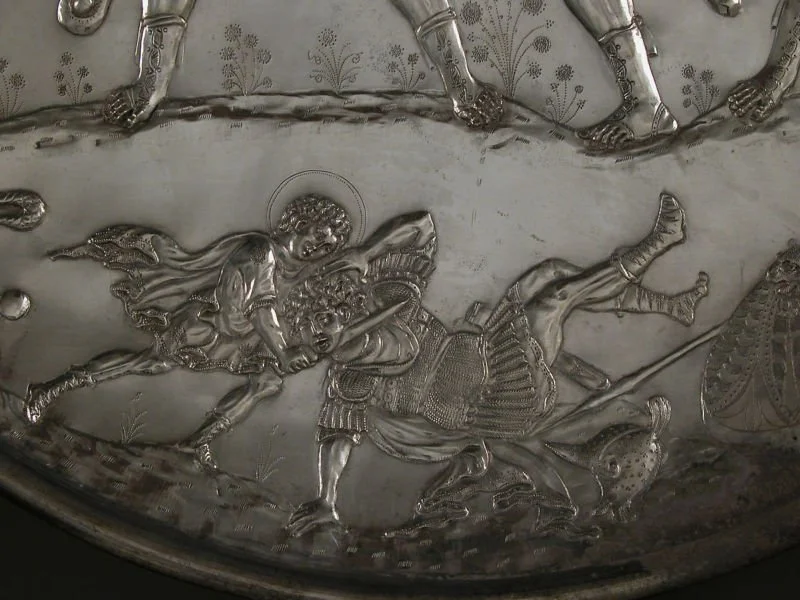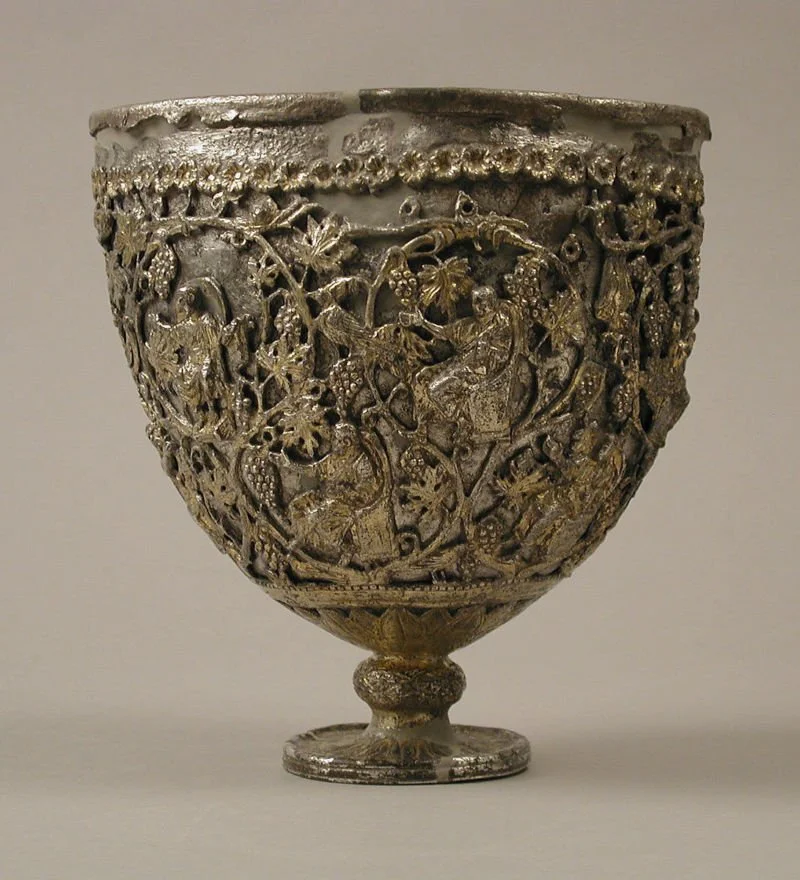Missing Museums
Screenshot from the virtual tour of Van Eyck: An Optical Revolution hosted by the Museum of Fine Arts Ghent.
By Tom L. Freudenheim | June 29, 2020
Art Critics on Emergency is a real-time collective diary by AICA-USA members about the impact of the COVID-19 pandemic on art critics, artists, arts institutions, art education, and the arts at large. AICA-USA members are invited to submit journalistic reflections and critical observations about this moment as it unfolds.
Everyone seems to have brilliant pandemic insights these days. Those of us privileged enough to be retired—not worrying about paying for food or housing—can indulge in congratulating ourselves on the good fortune of having achieved old age; along with the higher risk of meeting our maker sooner than we had planned.
The press is filled with advice on how we can enrich our lives by making do with secondary experiences during this period while we’re deprived of primary ones. And watching theatre and opera on my giant TV screen hasn’t been all that bad, along with ever new discoveries of previously ignored television series.
Seeing art online, on the other hand, doesn’t do it for me. I’ve spent a lifetime believing that there’s nothing like the one-to-one experience of standing in front of a work of art. And I’ve preached that from my museum director’s bully pulpit. So pretending that a museum’s videoed gallery “tour” is almost as good as being there just doesn’t cut it for me. Yes, the computer is amazing for zooming in on details, as evidenced by the website for Van Eyck. An Optical Revolution at the Museum of Fine Arts in Ghent. I’ve been to Ghent (years ago) and virus-willing, maybe I’ll get back there again someday.
Detail from Plate with the Battle of David and Goliath, silver, 629–30, Metropolitan Museum of Art.
Being in the presence of an actual work of art is simply not replicable for me. I think of the hours I’ve spent in front of the Avignon Pietà and Raphael’s Portrait of Castiglione in the Louvre. No photos can make up for that. I live not far from the Met, and my sanity walks take me perilously close, as if I could somehow place myself back into the world of my favorites: the Cubiculum from Boscoreale and the Studiolo from Gubbio (always a contrast pair to me); the Antioch "Chalice" and the David plates from the Antioch treasure; the paintings too numerous to cite. I have always been personally transformed by being in the very presence of works of art, and the current period of deprivation reminds me of how important that is to me personally. And why I preached it during my half-century of museum work. This makes it difficult to recommend all the laudable efforts our museums are making to keep us engaged. Okay—I can buy that. Engaged with the museum. But that’s not the same as being engaged with a work of art.
The Antioch "Chalice," silver, 500–550, Metropolitan Museum of Art.
Tom L. Freudenheim is a retired museum director who writes about art and museum related issues for the Wall Street Journal and other publications.



